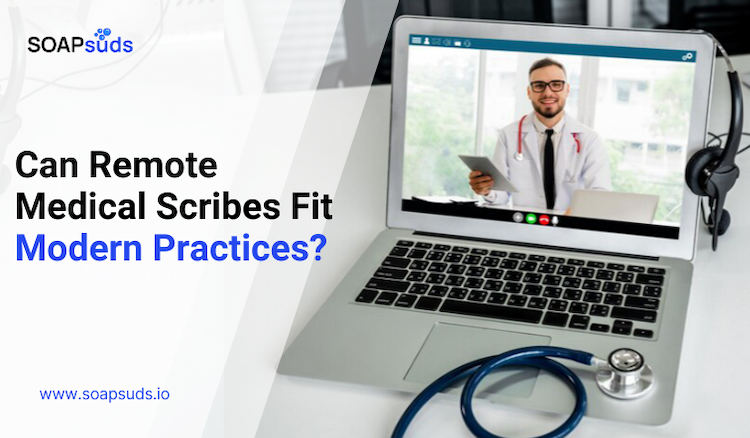AI Medical Charting: Enhancing Precision in Medical Documentation
SOAPsuds team
Published: 3/3/2025
SOAPsuds team
Published: 3/3/2025

Do you often find yourself spending more time on notes than treating patients? Many ENT..

As a hospice care provider, you hold both ethical and legal responsibility to protect

In today’s digital world, therapists and mental health experts often use electronic communication to...

Medical scribes have been essential to the healthcare industry for years, supporting clinicians by accurately...
.png&w=750&q=75)
In the fast-paced world of modern medicine, clinicians often find themselves buried under mountains of

Today, we’re taking a closer look at Electronic Health Records (EHR) and how making adjustments...
Clinical Notes
SOAP notes
DAP notes
AI medical notes